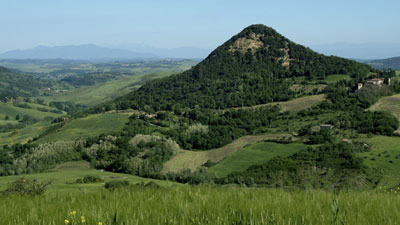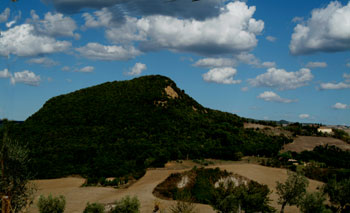
 |
|
Historie
of Villa Palagione and the Monte Voltraio
|
 |
 |
|
|
Villa Palagione is
located seven kilometres east of the 3000 year-old cultural centre of Volterra and is situated in the midst of centuries of history and culture. Located on the southern flank of Monte Voltraio, |